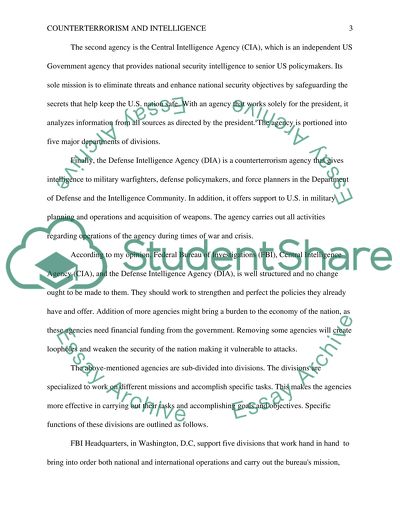Cite this document
(Counterterrorism and Intelligence Framework Assignment, n.d.)
Counterterrorism and Intelligence Framework Assignment. Retrieved from https://studentshare.org/sociology/1658039-counterterrorism-and-intelligence-framework
Counterterrorism and Intelligence Framework Assignment. Retrieved from https://studentshare.org/sociology/1658039-counterterrorism-and-intelligence-framework
(Counterterrorism and Intelligence Framework Assignment)
Counterterrorism and Intelligence Framework Assignment. https://studentshare.org/sociology/1658039-counterterrorism-and-intelligence-framework.
Counterterrorism and Intelligence Framework Assignment. https://studentshare.org/sociology/1658039-counterterrorism-and-intelligence-framework.
“Counterterrorism and Intelligence Framework Assignment”, n.d. https://studentshare.org/sociology/1658039-counterterrorism-and-intelligence-framework.


